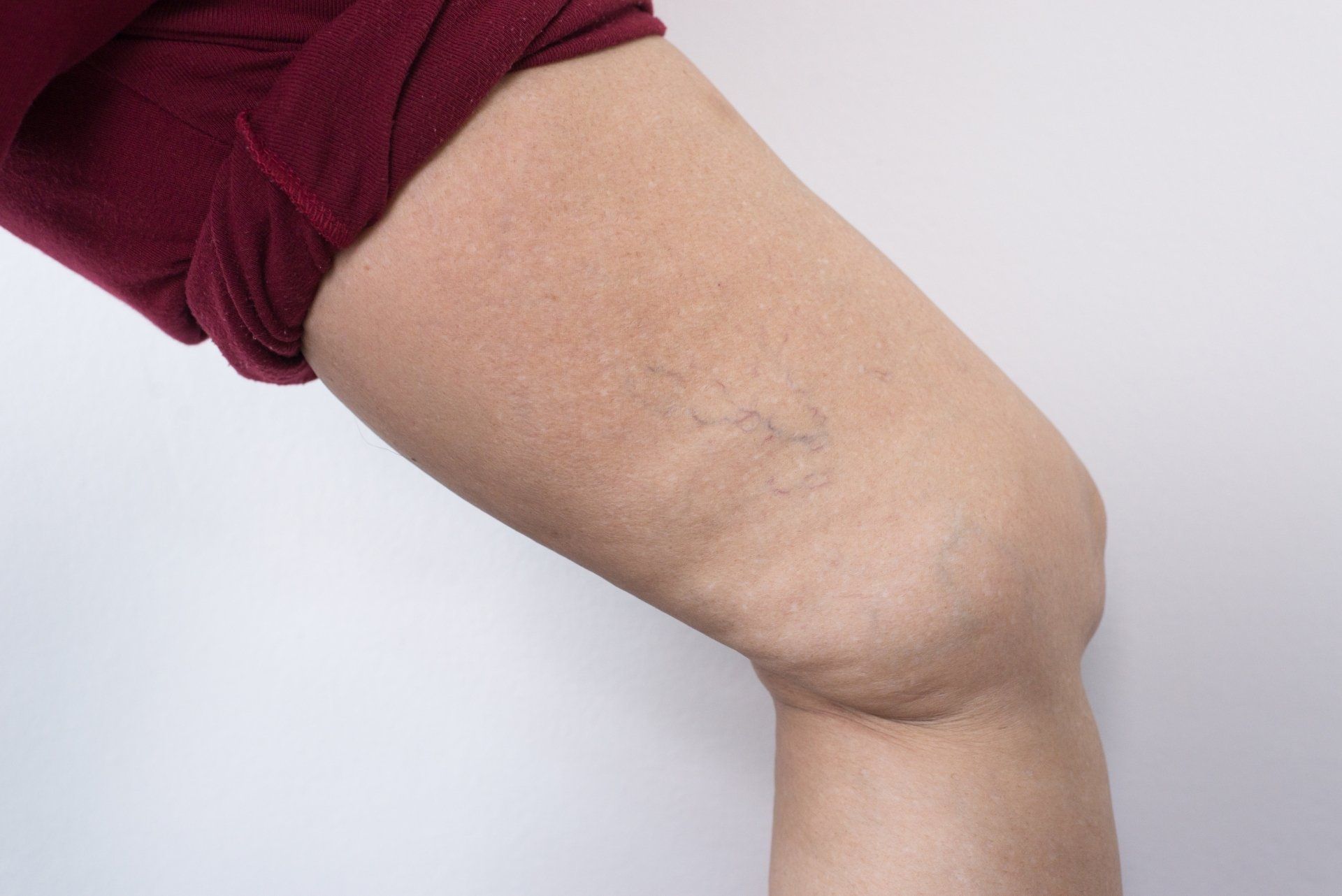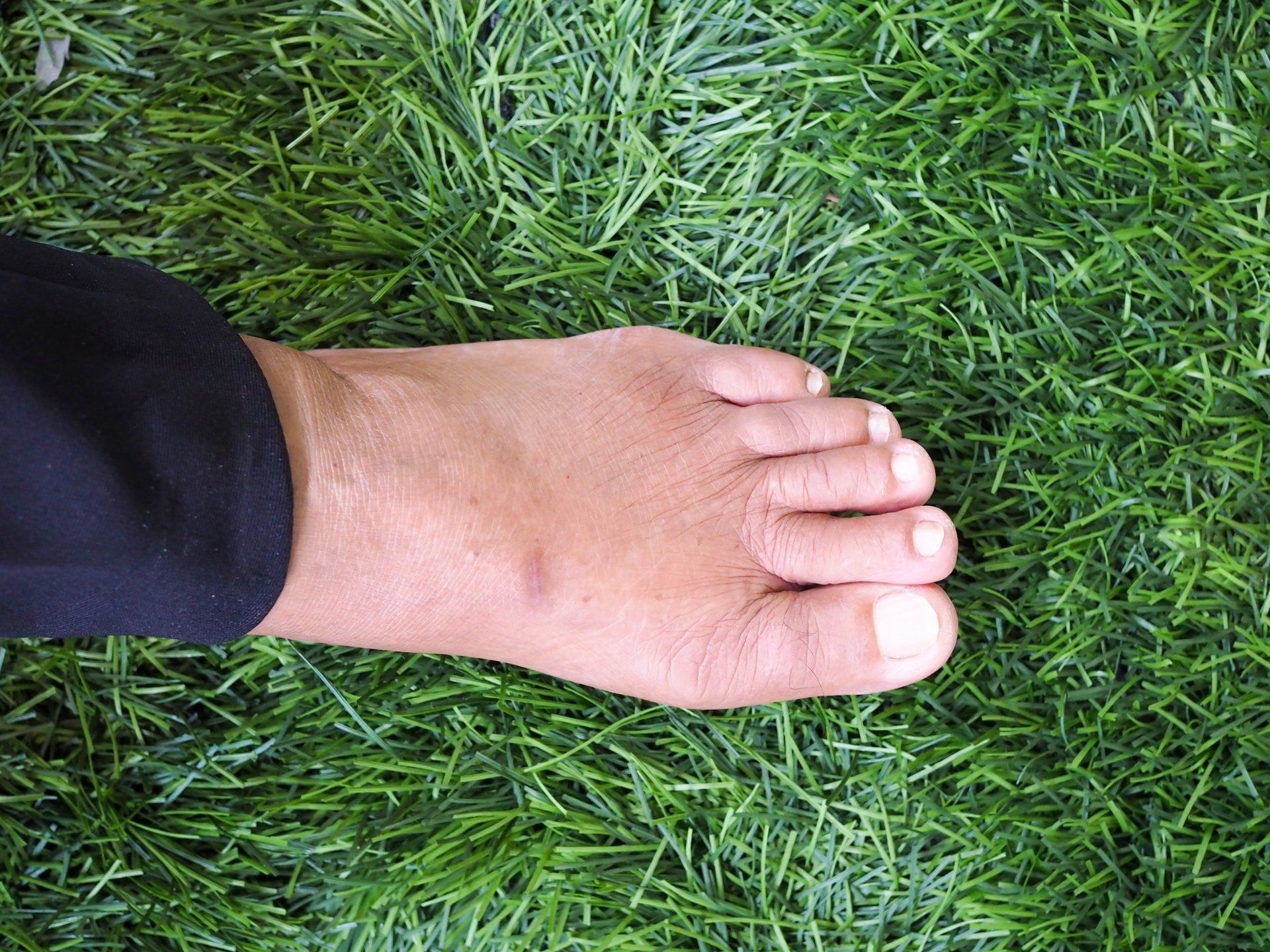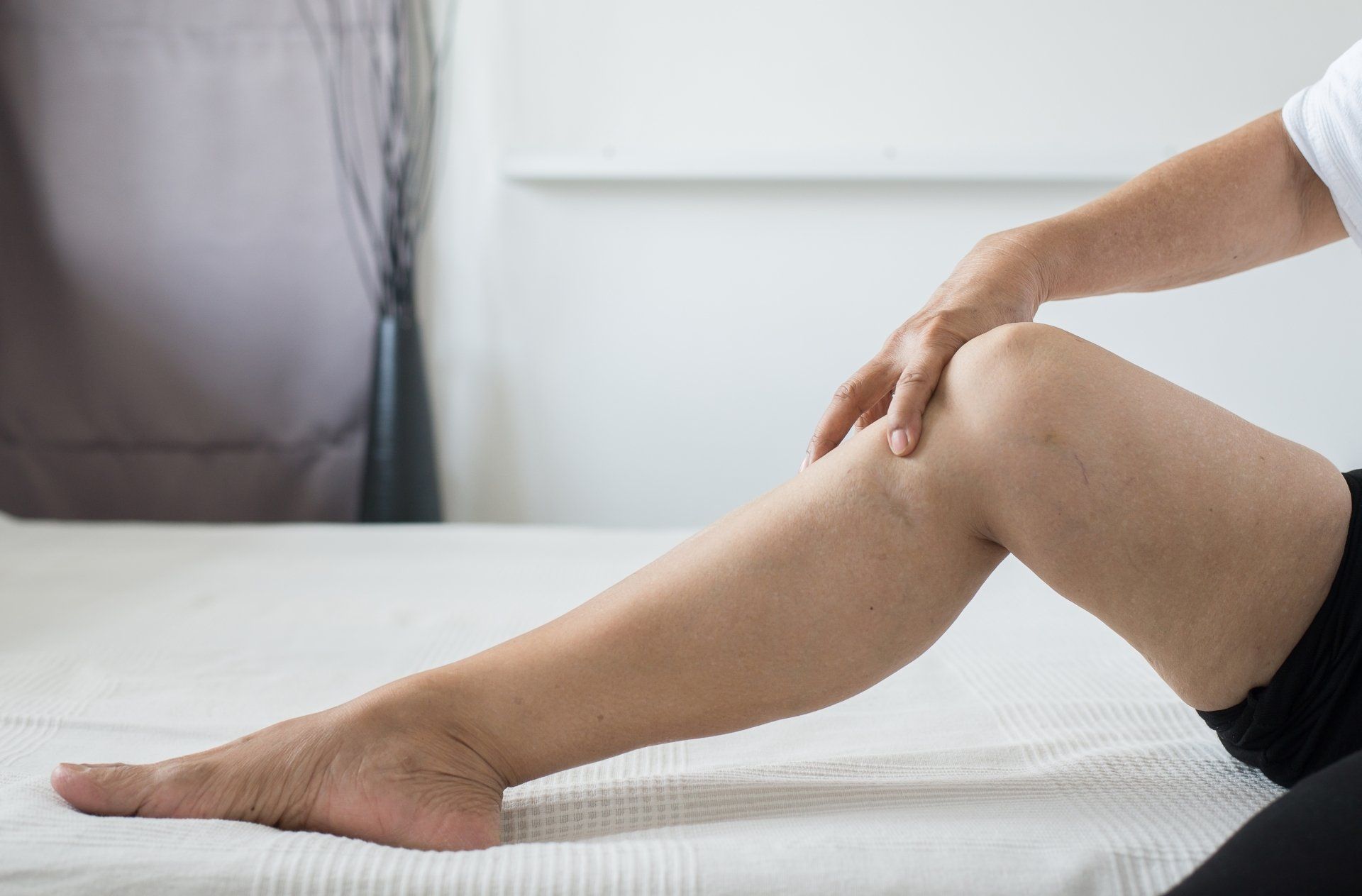Could You Have Peripheral Artery Disease (PAD) and Not Even Know It?
Are you limited by leg pain, which occurs when you walk short distances (2 blocks or less)? Do your legs hurt when you lay down at night, only relieved when you hang your legs over the side of the bed? Do you have sores or ulcers on your feet and lower legs that take unusually long to heal? You may be experiencing symptoms of Peripheral Artery Disease, a condition driven largely by atherosclerosis, where deposits of fatty or calcified materials known as plaques narrow and block arteries, restricting blood flow to critical regions of the body including legs and feet.
Only one in four people who have PAD will experience common symptoms, and many do not report any symptoms at all. Left untreated, however, PAD can lead to sores that won't heal, infections, gangrene, or loss of a limb. Patients with Peripheral Artery Disease (PAD) not only risk limb loss, but also have a higher risk for heart attack and stroke. Forty percent of people with PAD do not experience these symptoms, so it is especially important for people with risk factors to understand the warning signs.
Let's discuss what PAD is. We'll provide some lifestyle changes you can begin today that may help you reduce your risk of serious complications. Before we do,
be sure to take your free Peripheral Artery Disease (PAD) assessment. This assessment, will help determine if you may a candidate for PAD.
What is Peripheral Artery Disease (PAD)?
Peripheral Artery Disease (PAD), characterized by the narrowing of the peripheral arteries serving the pelvis, legs, and feet is a often lifelong medical condition that most commonly affects arteries in a person's legs.
It's easy for PAD to go undiagnosed. After all, we can't feel plaque building-up and narrowing our arteries. Since PAD symptoms (pain, cramping, burning, or in some cases numbness in the lower extremities often goes away with rest, it's easy to dismiss the symptom or be misdiagnosed. Too often unfortunately, PAD patients do not obtain preventative treatment until it is too late, when amputation of an infected or gangrenous limb is required.
If you or someone you know is diagnosed with PAD, it will be important to see a vascular specialist, a medical expert in the circulatory system, who can diagnose, treat, and recommend steps to prevent future complications. Likewise, seeing your doctor regularly can help you manage PAD and treat any future issues that may arise.
What Treatment Options Are Available For Peripheral Artery Disease, PAD?
Treatment options vary depending upon the severity of the PAD and what complications exist or may be develing. Once detected and treated, however, progression of peripheral artery disease can be halted substantially through healthier lifestyle.
By design, your treatment plan will aim to help you reach key goals such as:
- Identify arteries narrowed by plaque build-up (angiogram)
- Remove plaque build-up on arterial walls (atherectomy)
- Expand narrowed arteries to restore blood flow (angioplasty)
- Reinforce weakened arteries (stent)
Evolve Medical specializes in minimally-invasive, image-guided procedures, allowing our vascular specialists to perform these treatments without invasive surgery. Evolve doctors access the arteries through a small incision providing access to the vascular system, through which sophisticated equipment can be guided with advanced imaging technology to access and treat diseased arteries. Following treatment in our outpatient facility, patients quickly notice relief and health improvements that accompany restored blood flow, including:
Reduced pain walking, exercising, and climbing stairs- Restored circulation with faster healing of wounds and reduced risk of losing a limb
- Reduced pain and overall improved quality of life
In addition to lifestyle changes following treatment, medication may also be necessary. In addition to minimally-invasive treatments, sometimes surgery is required to open or bypass blockages in your arteries.
What Causes PAD?
The main cause of PAD (Peripheral Artery Disease) is Atherosclerosis. Atherosclerosis develops when a waxy substance called plaque begins to build up in the artery's inner lining. When substances such as fat, cholesterol, fibrous tissue, and calcium are deposited, the artery will begin to thicken or harden. As a result, this can reduce or entirely block the flow of oxygen-rich blood through your arteries to your body's vital organs and limbs.
You may develop Atherosclerosis in a single artery or in multiple. Indicators of PAD may begin in the legs and feet. For example, you may notice a wound on your foot that is slow to heal due to reduced blood flow to your legs and feet. Likewise, you may experience pain or cramping when you walk or pain in your legs and feet that wakes you up at night.
Risk factors for PAD include:
- smoking, current or prior history of tobacco use
- diabetes
- history of high blood pressure (hypertension)
- history of high cholesterol (hypercholesterolemia)
- Obesity, BMI >30
- Age >50
- Family history of heart attacks or stroke
- Native American, African-American, or Hispanic descent
- little to no physical activity (sedentary lifestyle)
- a diet high in saturated fats
Medication and lifestyle changes may help you drastically reduce symptoms. Likewise, they may reduce your risk of further complications.
Why choose Evolve Medical for your PAD Assessment?
At Evolve Medical, Dr. Aaron Frodsham is one of Utah's leading experts in PAD, (Peripheral Artery Disease). His knowledge and experience in vascular & interventional radiology treatments have helped him become a staple in Salt Lake City, UT medical community.
Swelling Feet? Schedule Your Appointment Today!
If you are currently suffering from sores that won't heal, infections, gangrene, or loss of a limb. Please schedule an appointment today!
Forty percent of people with PAD do not experience these symptoms, so it is especially important for people with risk factors to understand the warning signs. It's better to get an assessment early.





